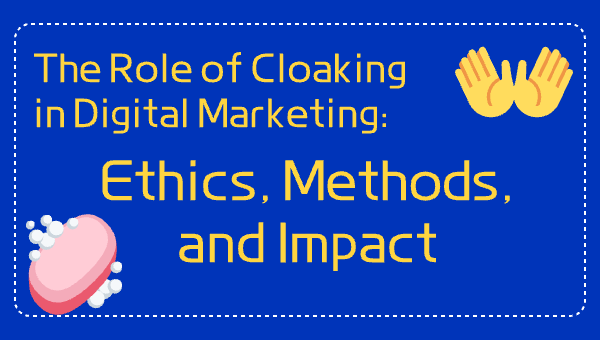The Role of Cloaking in Digital Marketing: Ethics, Methods, and Impact

In the world of performance-driven advertising, cloaking in digital marketing has become a controversial yet widely used technique. It allows marketers to bypass restrictions and deliver targeted, high-converting offers—while often skirting around platform policies.
What is Cloaking in Digital Marketing?
Cloaking in digital marketing refers to the practice of showing different content to web crawlers (such as Google bots or ad reviewers) than to actual users. The goal is typically to get ads approved, improve ad delivery, or circumvent restrictive ad policies without being flagged.
How It Works
User-Agent Filtering: Detects whether a visitor is a bot or a human user.
IP-Based Cloaking: Recognizes ad reviewer IPs to serve them compliant “white” pages.
JavaScript Fingerprinting: Identifies browsers and devices to determine who sees what.
Content Swapping: Shows one set of content to crawlers and another to users in real time.
Why It’s Used
Avoid Ad Bans: Run offers that normally violate platform rules.
Maximize ROI: Present the most persuasive message to the real audience.
Geo-Targeting Flexibility: Show different funnels based on location.
Ethical Considerations
Cloaking is considered black-hat in SEO and against ad network policies like Google Ads and Facebook. It carries risks—banishment, legal trouble, or account blacklisting—but in affiliate marketing and gray niches, it remains widespread.
If you’re in digital marketing and seek cloaking systems that adapt fast, visit adcloaking.com to get ahead safely and effectively.
